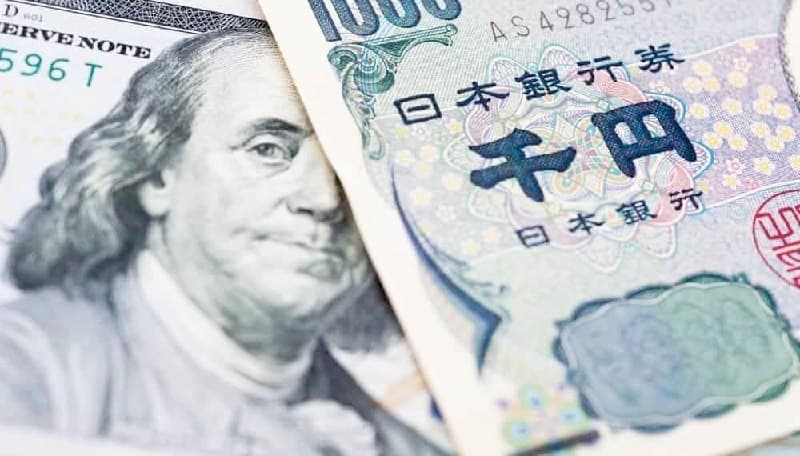The U.S. dollar (USD) surged to a historic 34-year high against the Japanese yen, reaching 157.795 yen on Friday, propelled by persistent U.S. inflation data that suggested the Federal Reserve might postpone cutting interest rates.
As inflationary pressures continue the U.S. personal consumption expenditures (PCE) price index for March confirmed a steady climb, indicating ongoing challenges for the Fed’s inflation target. Meanwhile,Bank of Japan’s (BOJ) decision to hold interest rates steady added further downward pressure on the yen, amid speculations of potential interventions.
In the face of unyielding inflationary pressures, the dollar’s ascent was sharply marked by the PCE price index for March, which not only rose by 0.3% month-on-month but also showed a year-on-year increase of 2.7%, slightly over the expected 2.6%.
This has led to a recalibration of market expectations regarding the Federal Reserve’s interest rate trajectory, with rate cut probabilities for September decreasing from 68% to 58%, according to the CME’s FedWatch tool.
Contrastingly, the yen’s significant depreciation follows the Bank of Japan’s (BoJ) recent policy meeting, where the central bank opted to maintain its ultra-low interest rates while signaling potential future hikes. With the yen at such historical lows, there’s active market chatter about potential rate checks by the BoJ, possibly indicating preparations for intervention should the yen’s slide deepen.
The disparity between the economic outlooks and central bank policies of the U.S. and Japan is stark. The U.S. is grappling with persistent inflation, which has kept its currency appealing to yield-seeking investors. Conversely, Japan’s milder inflationary environment and cautious monetary stance continue to undermine the yen.
As the dollar reaches heights not seen since June 1990, market participants are closely monitoring the actions of the Federal Reserve and the Bank of Japan. The upcoming Federal Open Market Committee (FOMC) meeting in the U.S. is particularly in focus, with expectations leaning towards maintaining current interest rates.
This could further influence the dollar’s trajectory against the yen, especially if the Fed signals a hawkish outlook in response to ongoing inflation concerns.
The euro also reached a 16-year peak against the yen, further highlighting the yen’s broad weakness against major currencies. This trend is anticipated to persist, given the widening interest rate differential between Japan and the U.S.
USD/JPY analysis

Analysts observed a strong uptrend for USD/JPY with a potential target of 160.00. While slower US economic data might cause some volatility, the key support level at 155.00 is expected to hold, suggesting continued bullish momentum for the US dollar against the Japanese Yen.
However, these thresholds are subject to change based on ongoing market dynamics.
Disclaimer: The content on this site should not be considered investment advice. Investing is speculative. When investing, your capital is at risk.









